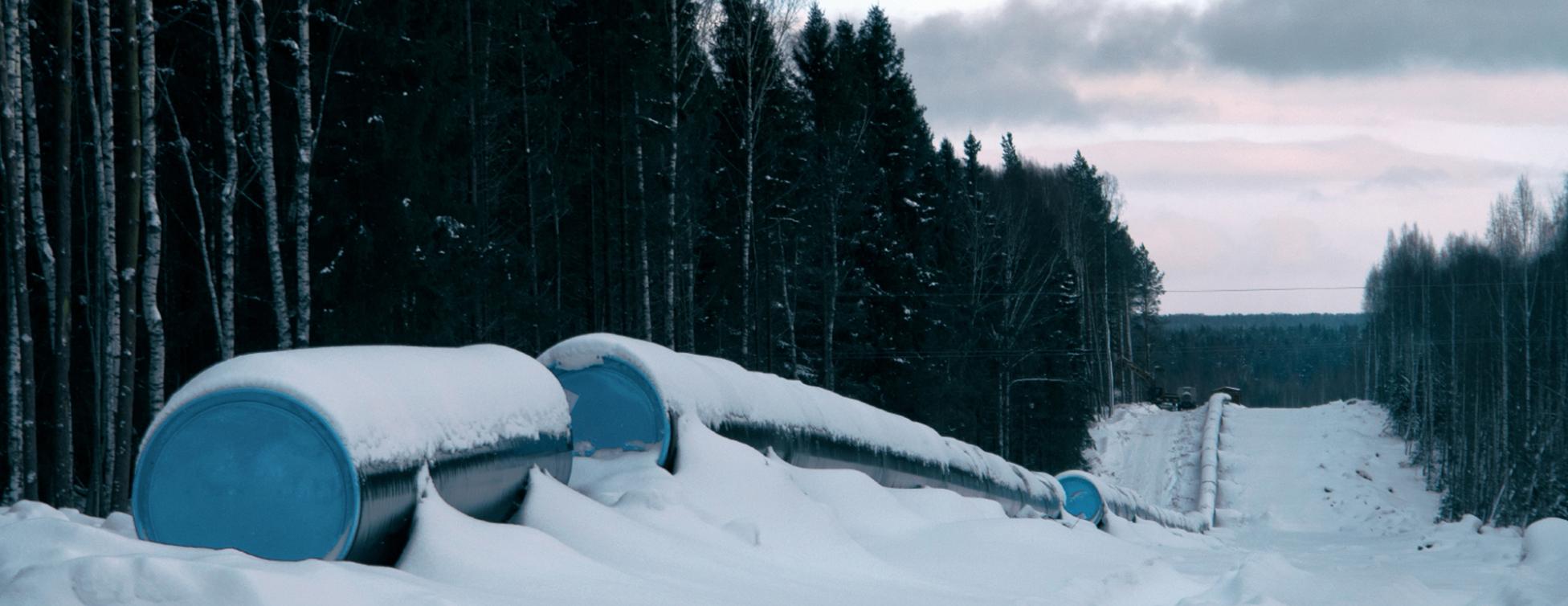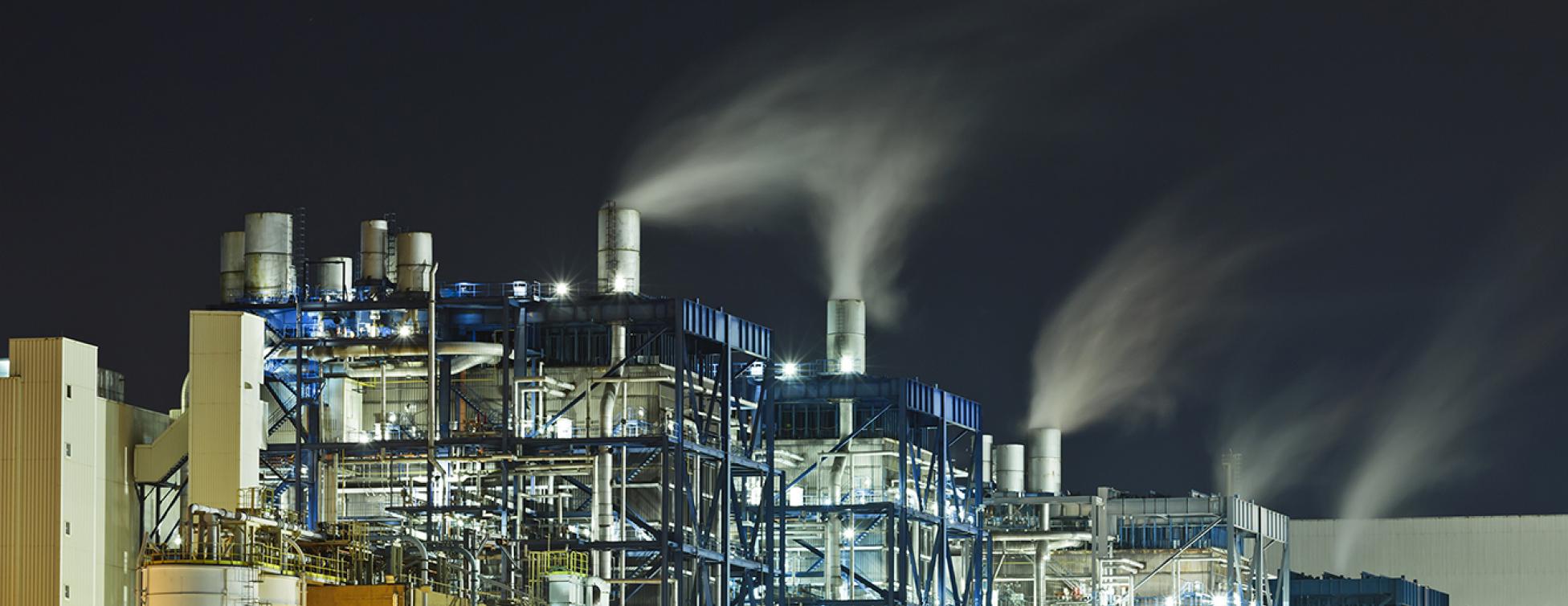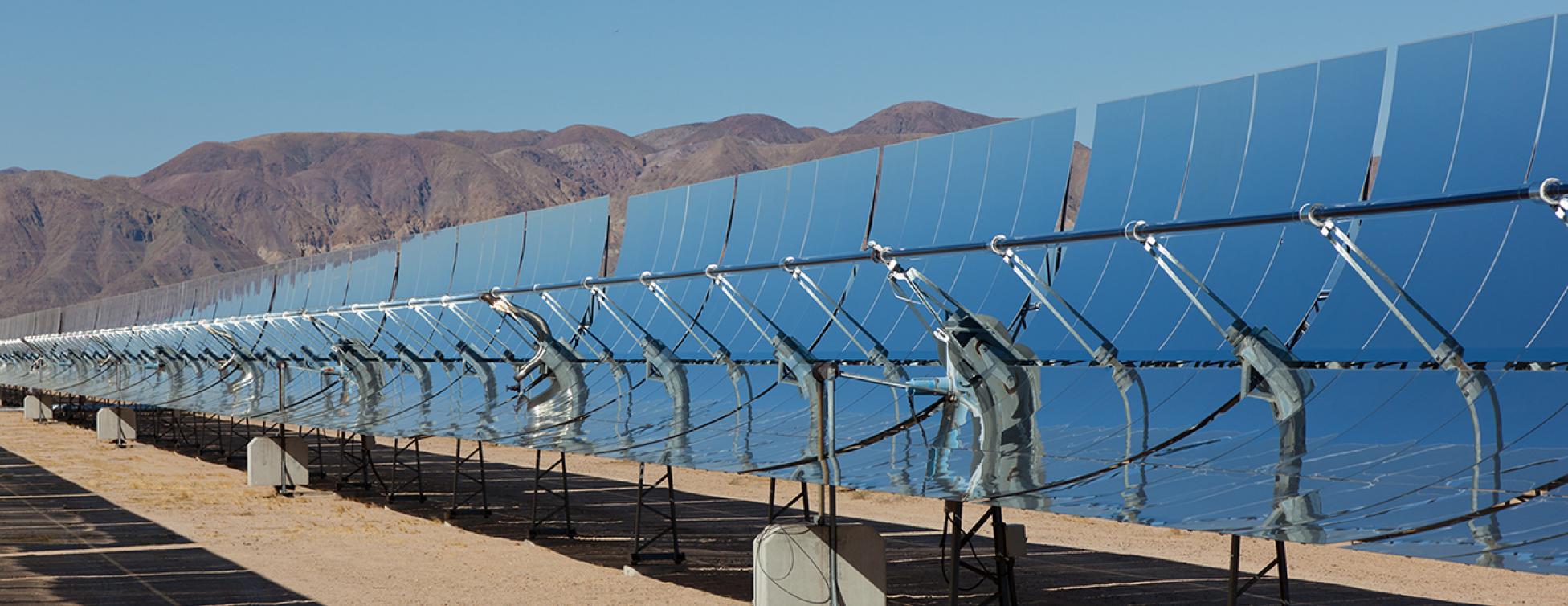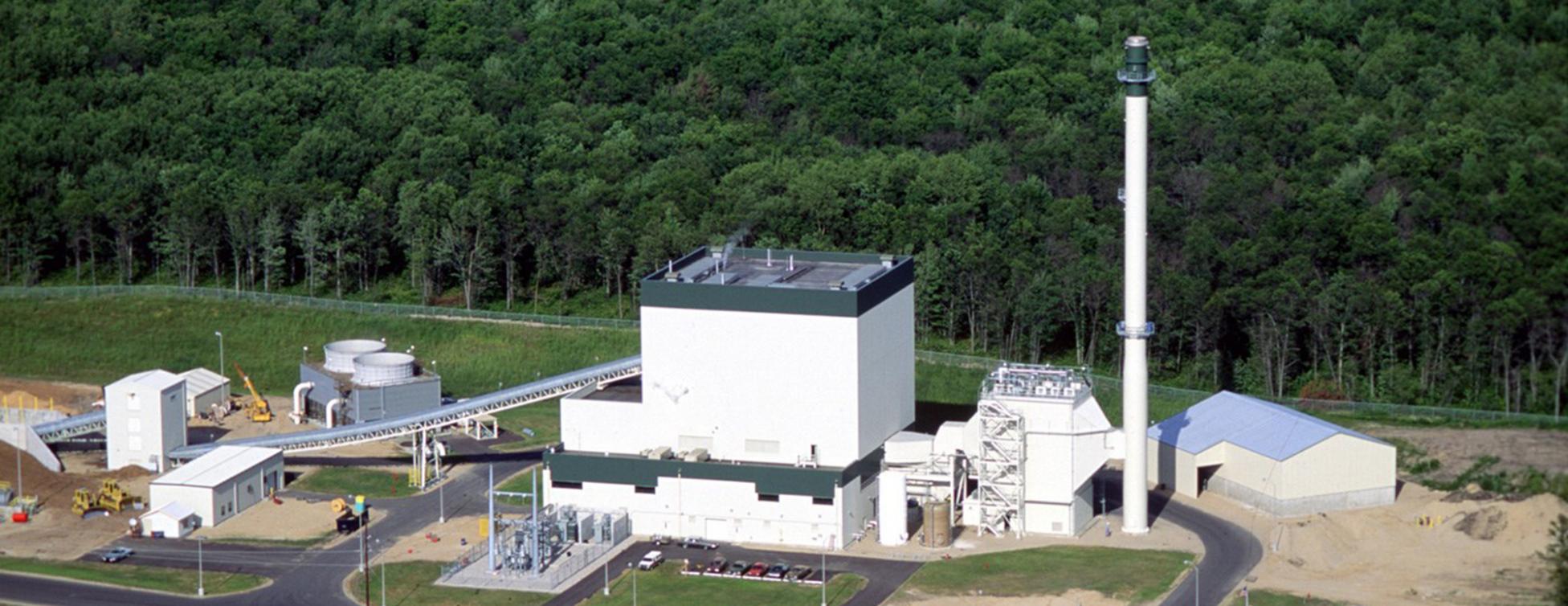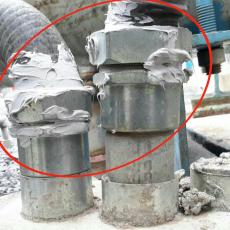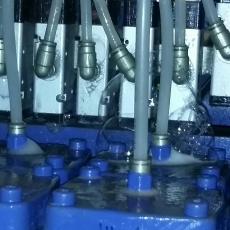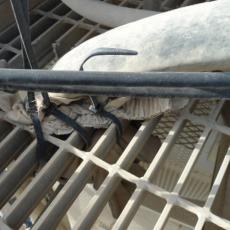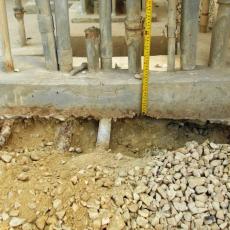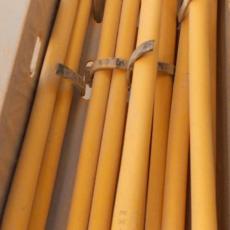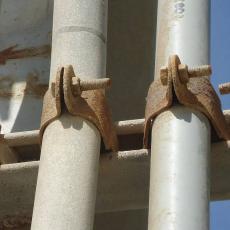I&C
RTV to Fit
EPR has been in many greenfield plants just prior, or just after COD. Basically, new plants.
Without hesitation, liquid-tight flexible metal conduit (flex) is abused and mis-installed possibly more than any other heavy industrial components, especially in developing regions.
Often labor is not given proper instruction and almost never the proper tools to install this system correctly. This results in fittings that are, at best, hand tight. Consequently, there are grounding concerns even in the best cases where flex appears to be installed correctly, assuming an internally grounded flex is used and the correct fittings. In most cases leaks occur and instead of tightening the fittings, a big smear of RTV is used as a seal. This usually does not work and creates a mess of the install.
In some plants, we have run studies in limited areas intending to be ‘representative’ and found >95% of flex fittings are loose.
For Owners concerned about the longer-term implications of moisture in electrical and instrument equipment, this is not a positive finding.
None. Probably costs more to perform incorrectly.
The cost of repair would seem manageable, but this defect is so pervasive in most plants that cost can be material. However, the O&M cost for an Owner can be even higher due to device mortality.
The Lawrence Welk Show
EPR performed a verification of final completion on a large coal plant in a developing country.
A critical system in any power facility is its instrument air (IAS), because a loss of instrument air means a loss of control in many instances. Further, IAS is expensive because air compressors take a material amount of parasitic load in addition to the drying needed to wring out any moisture.
In this facility thousands, or perhaps more, IAS leaks were observed. This is due in part to unqualified installers and also the lack of tools necessary to tighten the joints. Tubing systems are fantastic because they are high pressure, install quickly, and durable if installed correctly. However, contractors often underappreciate that a tubing system is a technical installation that requires the workers to be trained. In this plant it was apparent that any joint which did not leak, was purely an accident, because the recommended OEM installation practices were simply not followed.
This will cost the Owner hundreds of thousands per year in additional compressor power consumption and increased... Read more
No Savings. Probably cost more with unqualified personnel.
Really not possible to repair all leaks. Owner Cost will be several $100k/year for plant life.
CEMS Tubing Damage
At a multi-unit facility, it was observed that most of the certified emissions monitoring system sample tubing heating circuits indicated open continuity. The heating circuits are important to maintain transported sample temperature needed for CEMS accuracy (emissions compliance).
After a brief investigation it became clear that the installation was performed by construction personnel that did not understand the sensitive nature of the tubing assemblies.
Engineering properly cascaded the OEM requirements of not less than a 20.5 inch bend radius into the construction drawings. The OEM information was also available to the Contractor staff. However, the sample tubing was observed to be strained by being conformed to tight radius cable tray, pulled taught over edges of grating, and in some cases poorly tied with nylon ties that broke leaving the tubing to move with the wind.
All these visible defects were in addition to the probability that the equipment was mishandled during installation. All of the sample lines at each CEMS installation have bend radius below 20.5 inches in... Read more
Minimal to no cost savings by performing an unsupervised installation.
Owner: Difficulty with CEMS certification and continued compliance. Contractor: $50,000/unit to replace.
Faked Electrical Ductbank
There are several important reasons to concrete encase underground raceway (rigid and PVC conduit) that carry power and control cables.
At a newly completed powerplant, the EPC Contract clearly stated: “All underground cables are installed in underground duct bank consisting of concrete encased duct: Hard polyethylene or rigid galvanized steel conduits as per ANSI C 80.1.” It goes further with detail but does not allow direct bury cables and articulates a minimum depth of cover. Engineering understood the implications and cascaded the contract/code requirements into the construction drawing details, which were available to the construction team.
Upon casual observation, the ductbank risers (concrete exposed above grade) did not appear "correct". Detailed investigation revealed there was effectively no ductbank. In some cases, rigid conduit was inserted into soil, perhaps 24” deep and then simply ended, leaving a direct bury cable condition. In other cases, groups of conduit were encased in concrete risers, giving the “impression” a ductbank existed. However, upon removing 6” of adjacent... Read more
Certainly, some marginal cost was saved, as well as, sometime early in the project. Almost certainly not a critical path activity (No LD savings).
Owner: Unpredictable unit operation. At ~$35,000/day finding/repairing cable problems is costly. Contractor: Full remedy would cost millions.
Electrical Zip(less) Ties
Recently EPR evaluated a facility, which among other difficulty, suffered from a condition that is unusual but serious in that essentially all the nylon cable (zip) ties were defective. While the zip tie is a wonderful time saving and usually effective component widely used to affix electrical cables, it must remain unaffected by its environment to remain durable over time.
In this instance, the plant was less than two years old and located in a high UV zone. This defect was so severe that gently touching the installed tie would cause a brittle failure. The plant was littered with failed zip ties that had fallen from tray systems and cable installations.
One supplier used by the contractor indicated in the technical literature that the ties are compliant with NEC, meaning Nylon, UV, weather, seawater, and oil resistant type from Panduit /T&B or equivalent. However, those ties have failed almost universally. While some cursory research was performed on the ties, it is not clear exactly why the ties were brittle and failing, but they certainly all needed replacing. The real... Read more
Negligible material savings.
Contractor: Somewhat time consuming, especially in an operational plant. Owner: Outage events and unpredicatablity are hard to quantify, but even a single lost generation day is expensive.
Galvanized Hardware (Or Not)
When a plant is built in a moist, heavily polluted, and/or salt laden environment, corrosion protection is a serious consideration. At a minimum, hot dipped galvanized hardware (nuts, bolts, washers, clips, etc.) is usually specified for outdoor service.
In a recently visited new facility, aggressive corrosion was exhibited almost universally on the hardware. What was discovered is that wherever galvanized was specified, electro-galvanized, electroplated zinc, or zinc plated, (different terms, same thing) was substituted by the contractor. This results in a 3 to 12 micron coating that gives it a much lower degree of corrosion protection than hot dipped galvanized with an 85 to 90 micron layer of zinc. IEC indicates these coatings degrade (in this environment) at 4-8 microns/year. It's then easy to see why there is so much aggressive corrosion and advancing stages of metal loss after only a couple years.
In the rare cases where hot dipped galvanized was provided, it seemed to perform well.
Marginal material cost savings; No labor savings.
Contractor: Substantial cost (Labor/Material) to replace fasteners in bulk. Owner: Fasteners failing is significant. Electrical system risks increase over time.



